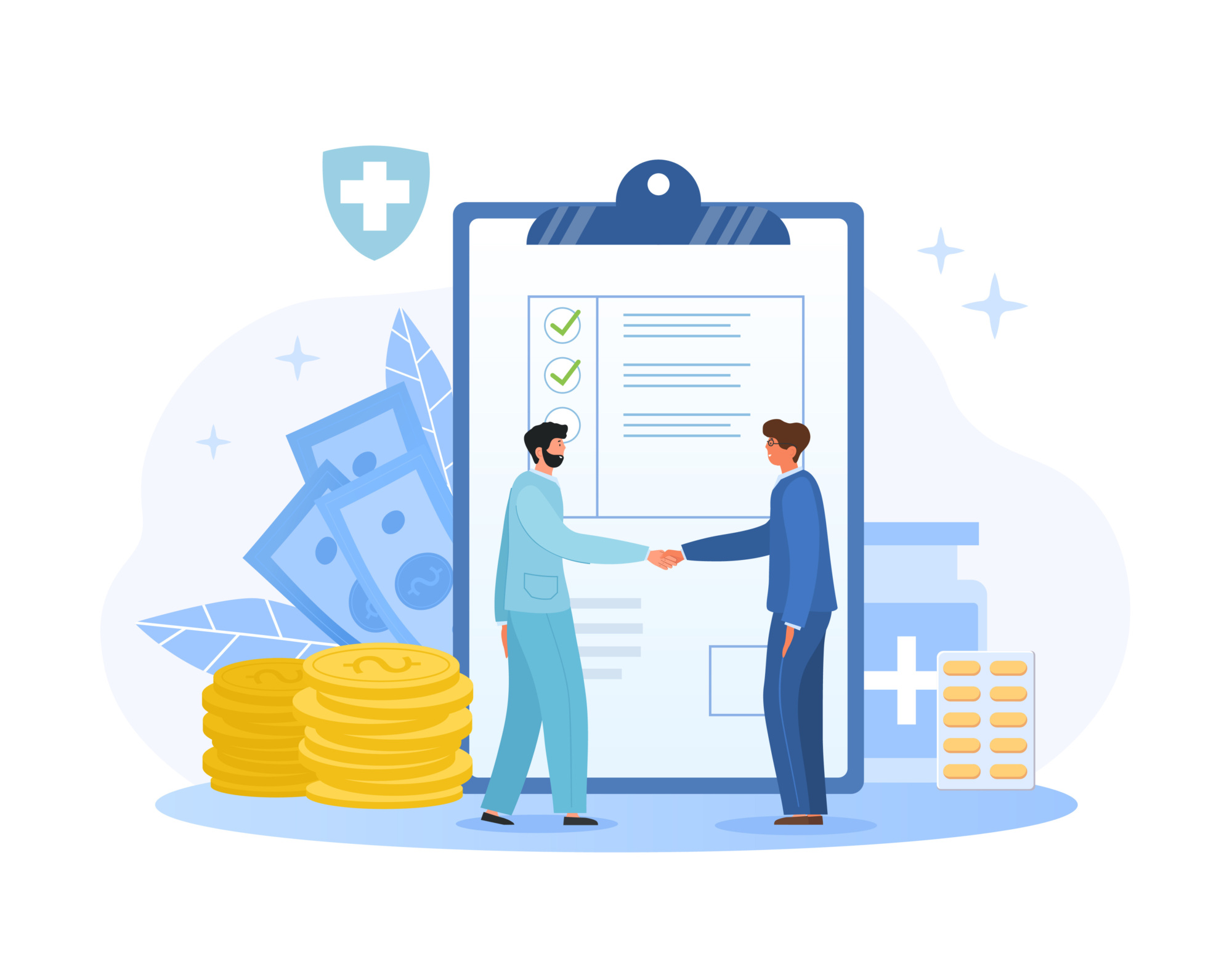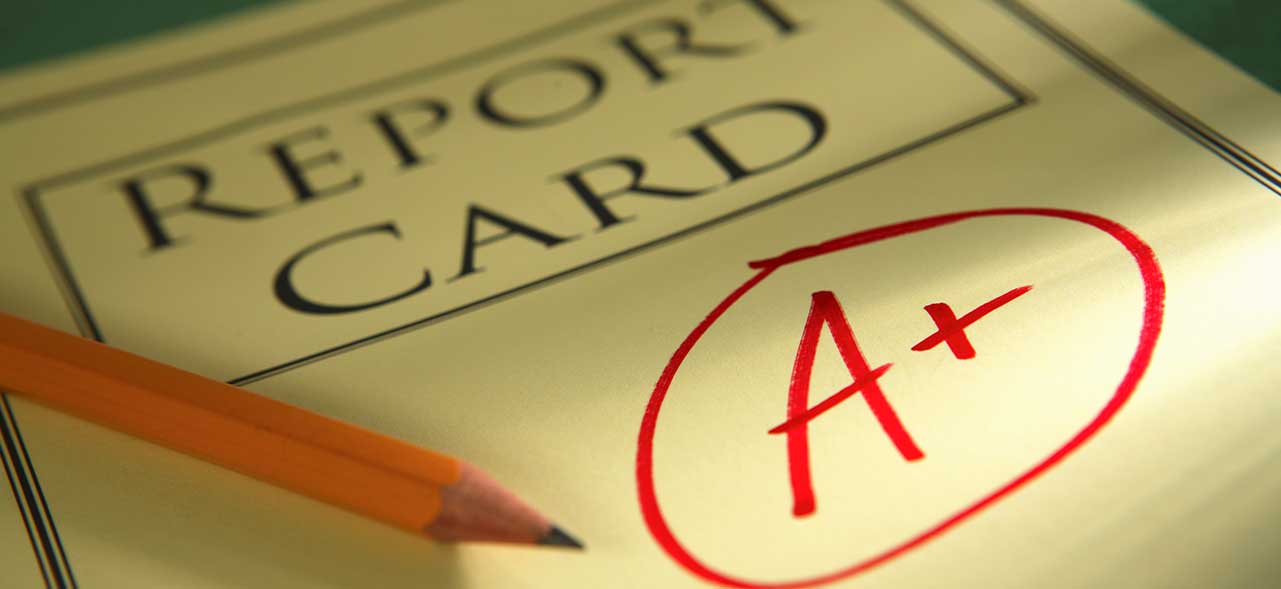
How to Sell My Healthcare Business
Selling a healthcare business presents unique challenges. Learn how to navigate these obstacles and find a specialist advisor to streamline your sale.
Imagine your kids going to school, kindergarten through high school, without ever receiving a report card. As a parent, how would you know when they needed additional help, if they were ready for a new challenge, or what they needed to prep for college or alternative training?
Without a report card, it would be hard to make well-informed decisions. Your kids would go to school and put in the time every day, and you’d have no idea if they were doing D or A-level work.
Unfortunately, this is exactly how many business owners run their companies. Most entrepreneurs get into business with an end goal in mind — build the company, make a good income, and then sell it to set themselves up for a comfortable retirement.
But they wait to get a grade until that final, ultimate sale.
Instead of guessing or relying on gut feelings about what your company is worth, I recommend getting regular estimates of value (EOVs) from an M&A advisor. An EOV is an educated, expert opinion of what your business would sell for in today’s marketplace.
Compare an EOV to pricing a home on the real estate market. You get an opinion from a trusted real estate agent who knows your market, does the research, and understands the tangibles and intangibles that will make a difference in your home’s price and salability. Creating an EOV is a little more complex, because so many different variables go into valuing a business, but it’s a similar idea.
On the other hand, your bank, your insurer, and your local municipality all want a certified appraisal. Your real estate agent’s opinion doesn’t meet their official legal needs. That’s a bit like getting a certified valuation for your business—the main difference is that a certified business valuation is likely going to cost anywhere from $5,000 to $30,000.
Business owners only need certified valuations in select situations, often involving some kind of legal dispute. The rest of the time, an estimate of value is an affordable, easy way to get benchmarking information on your business.
I tell business owners to get an EOV every two to three years, for as long as they’re in business. It’s a way to understand if you’re on track to meet your goals.
There are several other reasons to get an EOV beyond benchmarking:
Maximize value: Make sure your business is ready to meet your retirement and legacy goals. If you know where you stand and work with a specialist every couple of years, you’ll be better able to focus on the value indicators that matter most to potential buyers.
Protect your family’s interests: An EOV provides the necessary information to keep your life insurance, succession plan or buy-sell agreements updated with a current business value.
Buy a business: If you’re looking at acquiring a business, you can commission an EOV as an independent, third-party opinion of fair market value.
Monitor the market: Even if your sales and profit numbers remain static, I can guarantee you your value won’t be the same three years from now as it is today. The market fluctuates, and you can’t plan properly without knowing where you stand.
An EOV is the best of both worlds, combining cost-effective technology with an expert human opinion from someone who will review your business’s special circumstances, analyze the market trends, review privately held business comps, and connect you with real-life industry-insider experience.
